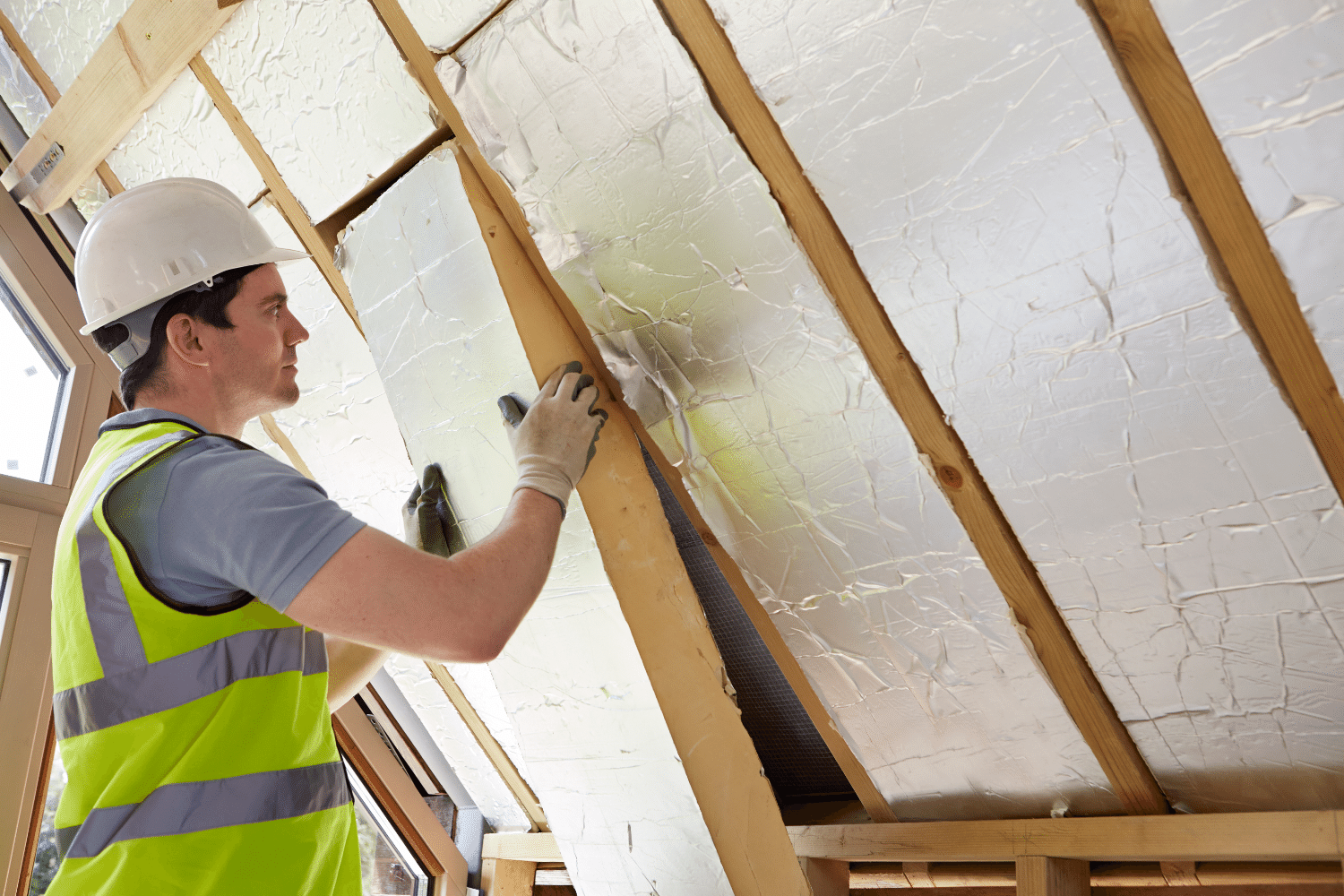
This article will answer all those questions that you may have about HOW TO INSULATE A CONSERVATORY ROOF. You will find out what the different types of insulation are, how to choose the right one for your conservatory and how much it costs to install. We'll also cover DIY methods if you're on a budget or want to do it yourself!
Table of Contents
The most common method of DIY conservatory insulation is to use loft insulation boards. These are available from any local DIY store and come in various thicknesses, typically 50mm or 100mm thick.
They can be cut using a sharp knife with ease but you should always ensure that you wear gloves as the material will rip your skin if it catches on it. You place these sheets up against the underside of the joists along each side, drawing them tight so they fit snugly between one another and then staple them into position at intervals across their widths.
Alternatively there are also methods for creating an insulating layer in-between two layers of roofing felt (the first sheet laid out upside down) though this may require some expertise.
Insulation is required to maintain the temperature of your conservatory. If you have a fully glazed roof then insulation will help stop heat from escaping and if not insulated, it can lead to water damage, which in turn causes damp patches on walls and ceilings or an increased risk of mould growth.
Insulating your conservatory also helps reduce noise as sound waves are absorbed due to the higher density material used for most insulations. It also protects against condensation build up - leading to more comfortable living conditions.
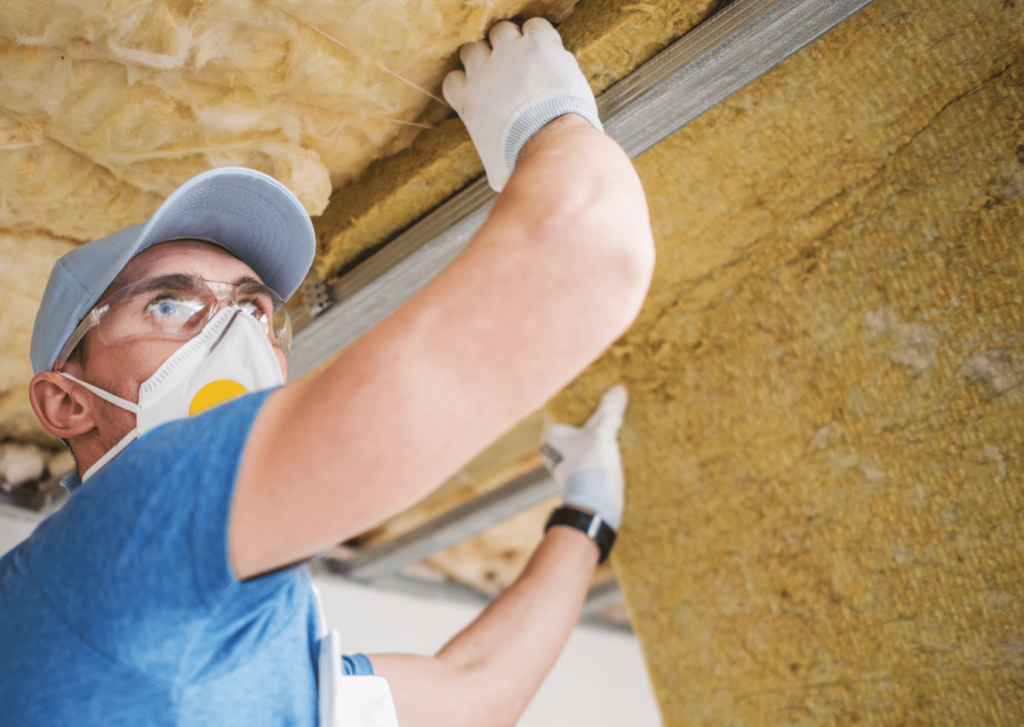
The cost of a solid roof will depend on the size and configuration, but it is typically between £500 - £1000.Insulation materials are less expensive to buy than having a whole new conservatory roof installed and can be purchased for as little as around £50 per roll.
If you're in need of insulation for your conservatory then contact us today for more information or prices!
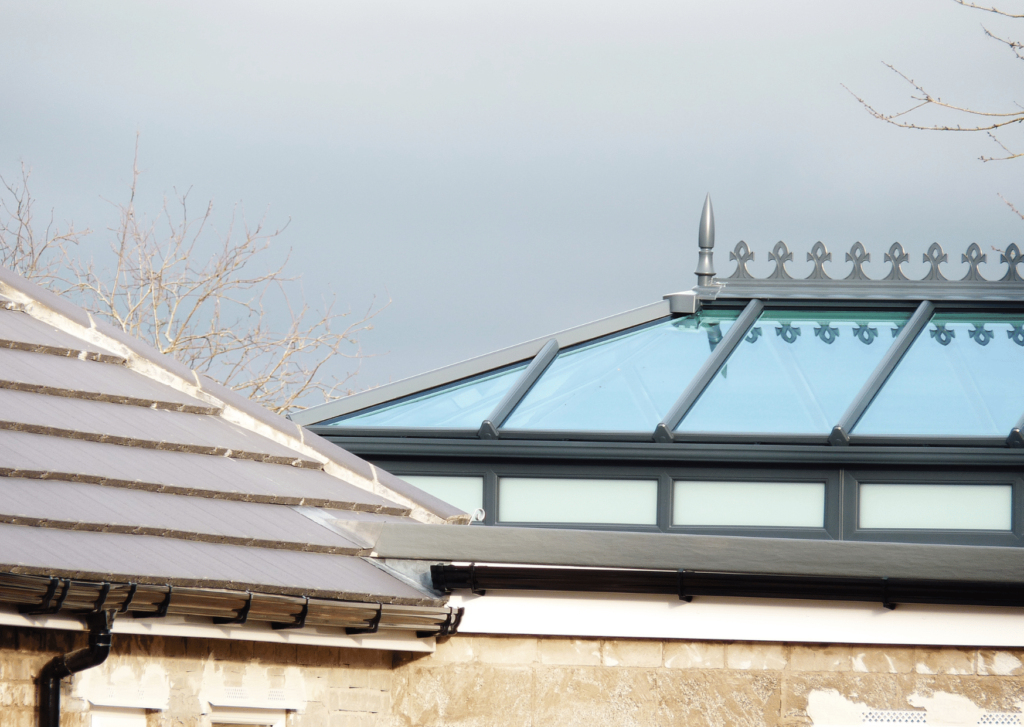
If you want to enjoy your conservatory for as long as possible, it’s worth considering a proper roof. The cost of this will be higher upfront, but the savings in energy bills and time spent maintaining the conservatory make it worthwhile.
A new full length article about HOW TO INSULATE A CONSERVATORY ROOF is now available!
The author discusses their experience installing insulation onto their conservatory roof in order to help readers decide whether or not they should undertake such an endeavour themselves from scratch at home or if they would rather hire a professional company that specialises specifically in these types of projects.
They mention what type of insulation they used and the specific measurements for their roof, as well as how much it cost them.
If you are looking for a quick and easy way to make your conservatory warmer, the simplest solution is to reduce draughts. The best place to start would be the doorways as this can account for up to 25% of heat loss from an uninsulated conservatory (Source: Conservatories Scotland)
If you do not have any windows at all in your conservatory then consider adding some - this will help reduce heat loss from the ceiling and walls of the room. Also, if possible use double or triple glazing for increased insulation.
As well as reducing draughts it is also important to ensure that there are no gaps around window frames so make sure these areas are sealed too. Add curtains with insulated linings on either side of each window to retain warmth inside during colder periods.
Conservatories are great places to be during the winter months, but they’re notoriously cold. One way you can keep your conservatory warm is by installing external insulation on a wooden conservatory roof which will help retain heat and reduce draughts.
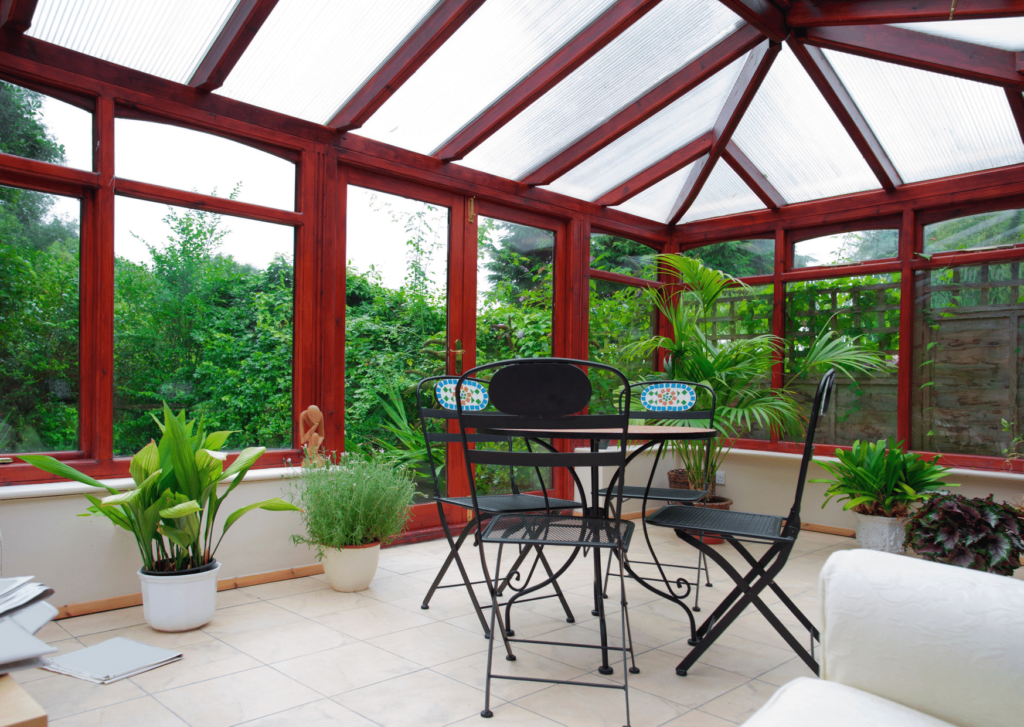
Insulating your roof is the best way to keep water from condensing on it, which can cause mould or rot. A conservatory should be insulated with a polystyrene insulator board that comes in thicknesses of at least 12 inches.
This will also help reduce heat loss and improve energy efficiency.
For many, a conservatory is the most valuable part of their home. Conservatories are often used as an extension of living space or to provide additional room for food storage and cooking but some people use them mainly in winter time when they don’t want to go outside into cold weather conditions.
The problem with these areas is that they can be difficult to heat because glass roofs let light through which means it will always stay cool inside the building during colder months.
To solve this issue, you could insulate your roof by adding a solid cover over top of it so no more sunlight gets in and heats up the interior area while still letting natural light come down from above. This type of insulation does not have any kind of air gaps in it which means that the warmth inside is not going to escape outside.
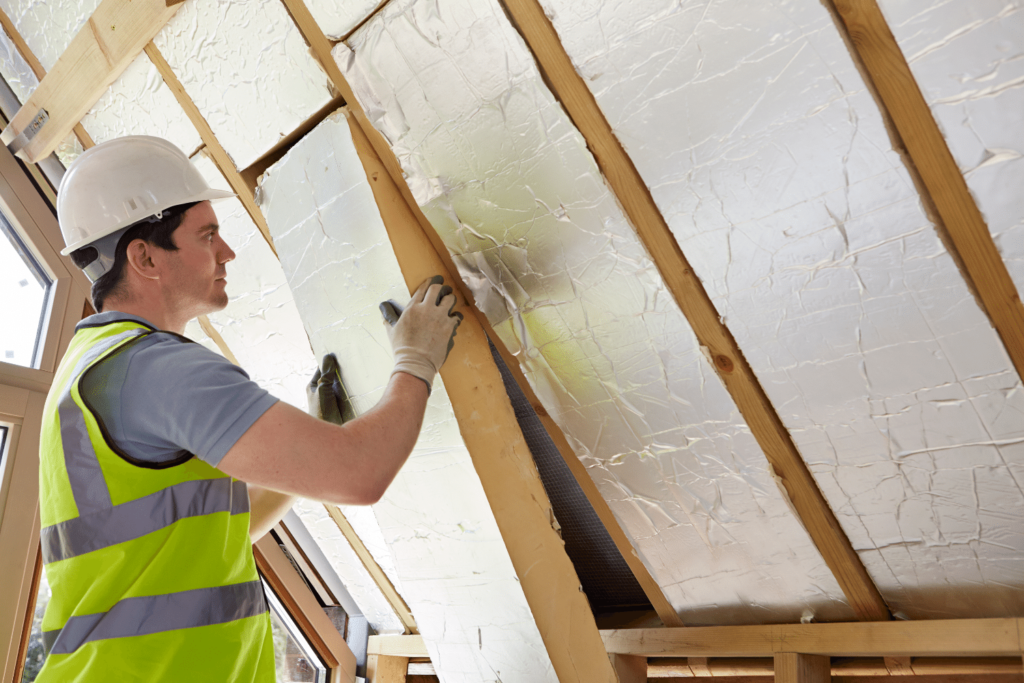
If you want a more eco-friendly insulation, then there are certain other options for staying warm and comfortable during cold months like using solar panels or heat pumps instead of coal or gas heating solutions.
In order to insulate your roof correctly, make sure you remove any items from the top first before installing anything new because it will be much easier this way when trying to work with overhead space. This article contains pictures of what some conservatories looked like after adding an insulated cover on top which can provide inspiration for those looking at home renovation projects.